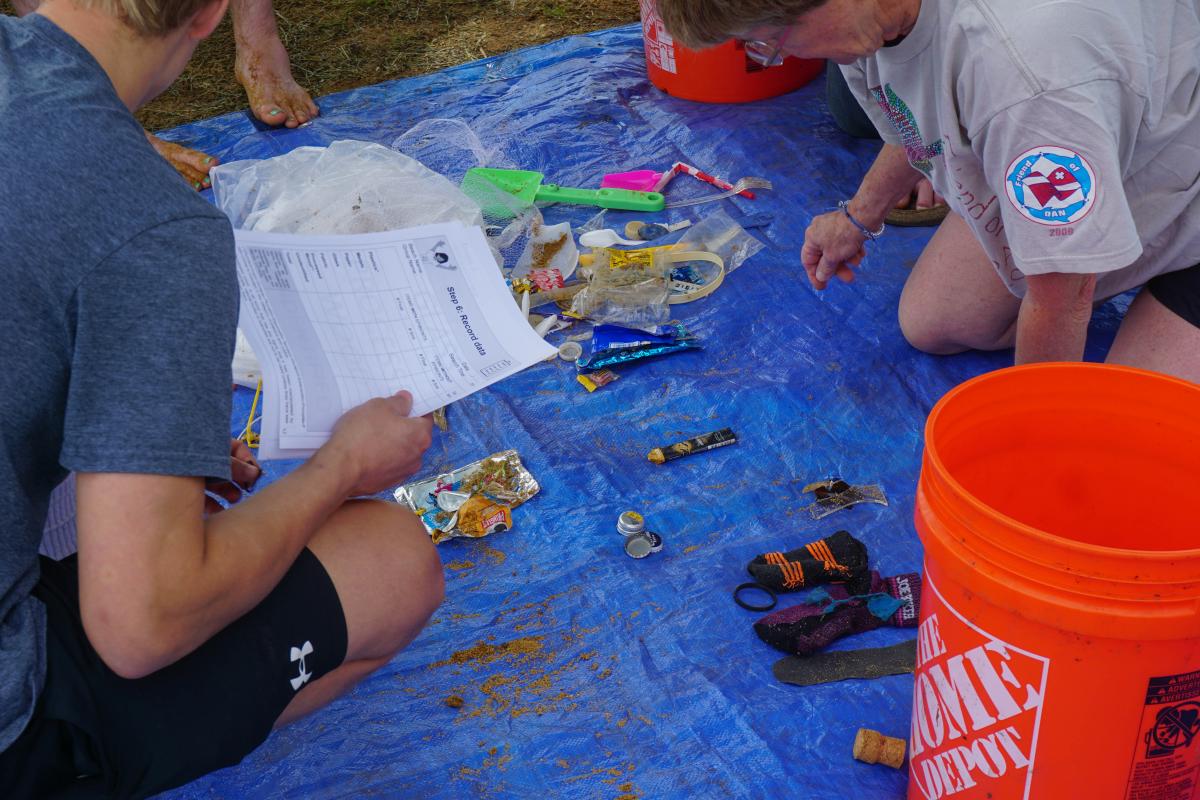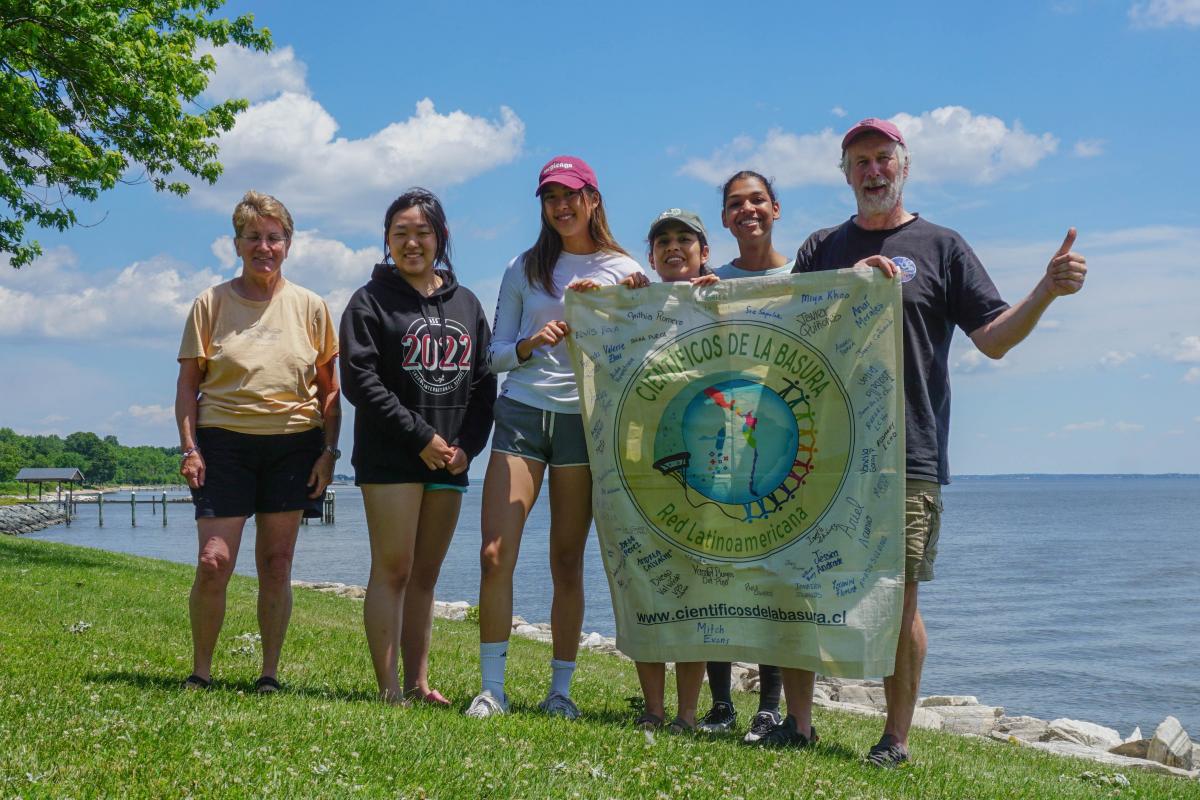Ocean Travelers
Long before litter was present in our oceans, small marine organisms lived and traveled on floating objects such as small wood logs, pumice stones, seeds, and even other marine animals. These ocean travelers are called epibionts. Although epibionts have long existed on these natural habitats, all these habitats were temporary (they would either decay or die). However, with the invention of plastics and other human-created materials, there are now artificial habitats for epibionts that can persist for long periods of time at the sea surface. On these pieces of marine litter, epibionts can be in the ocean longer and travel farther. It is even possible for the epibionts on marine litter to travel to new continents and potentially become invasive species. This project aims to better understand the origins, abundances, and identities of the epibionts that are traveling on marine litter in hopes of preserving and protecting local marine communities.
This project is a joint effort of researchers from multiple institutions who are interested in marine life, and marine litter. We value international collaboration and engaging diverse stakeholder communities. Take a look at some of the places where volunteers are collecting data. With the help of a large collaborative effort we managed to sample over 430 beaches during the sampling period from July - December 2022!
Project collaborators:
The "What" and "Why"
Since humans developed synthetic plastics in the early part of the 20th century, we’ve found more and more uses for them and globally, we produce nearly 300 million tons of plastic each year. Plastics are generally designed to be long-lasting and durable, which makes them particularly persistent in the environment. Today, most litter in the ocean is made of plastic (although there can also be metal, glass, and composite litter). Some of ocean plastics are small (known as microplastics), while others, such as broken fishing nets, can be very large. There have even been cases of abandoned boats that cross oceans and wind up in completely different continents!
Marine litter can stay in the ocean for long periods of time. While it is out in the ocean, it can become habitat for a range of marine organisms, like barnacles. As ocean currents move the trash around, some of the litter (and any organisms that might be living on it) can wind up far from where they initially entered the ocean. This provides opportunities for some of those organisms to travel far from their native ranges and potentially become invasive when they arrive in a new location. Aquatic invasive species cause billions of dollars in damage each year and can have negative impacts on ecosystems and local economies. By understanding the ways that marine litter may be transporting organisms, we can better predict and mitigate the impacts of these organisms.

Methods
The Ocean Travelers project engages researchers and volunteers from around the world. We have three driving questions:
- How much of the marine litter on beaches has arrived with marine currents?
- What kinds of organisms are being transported on floating marine litter?
- How does the amount of litter with organisms vary on beaches around the world?
Because we can't travel to beaches all over the world (although that would be awesome!), we are working with volunteers to collect and share data from their regions. Teams will visit their local beaches and collect pieces of marine litter. They'll determine if it is likely that the piece of litter is local or if it came from another location. They'll also take photos of the marine litter and any organisms that might be growing on it.
Volunteers help their communities by removing trash from beaches and helping us better understand patterns in marine litter washing up on beaches and potential invasive species that it might be carrying. By working together, we can better understand and prevent the negative impacts of marine litter and invasive epibionts.
Interested in the methods we're using? Take a look at the resources below to learn more.
Beach Sampling Field Guide
This guide provides an overview of the sampling methods to prepare participants for the beach sampling. Read through this document prior to conducting the beach sampling, as well as bring it on the day of sampling to provide instructions to conduct the sampling.
Beach Sampling Print Materials
This document includes print materials necessary for completing the beach sampling. This document should be printed off and brought to the beach on the day of sampling.
Get Involved
This program is no longer active. Please check out our other Participatory Science projects to find ways to be involved with SERC research.

Thanks to the more than 1000 people around the world who submitted data, we have more than 430 beaches that will be included as part of our analysis. Check out our map of all of the beaches that were sampled!
You can follow Ocean Travelers on social media to get updates about project progress.

